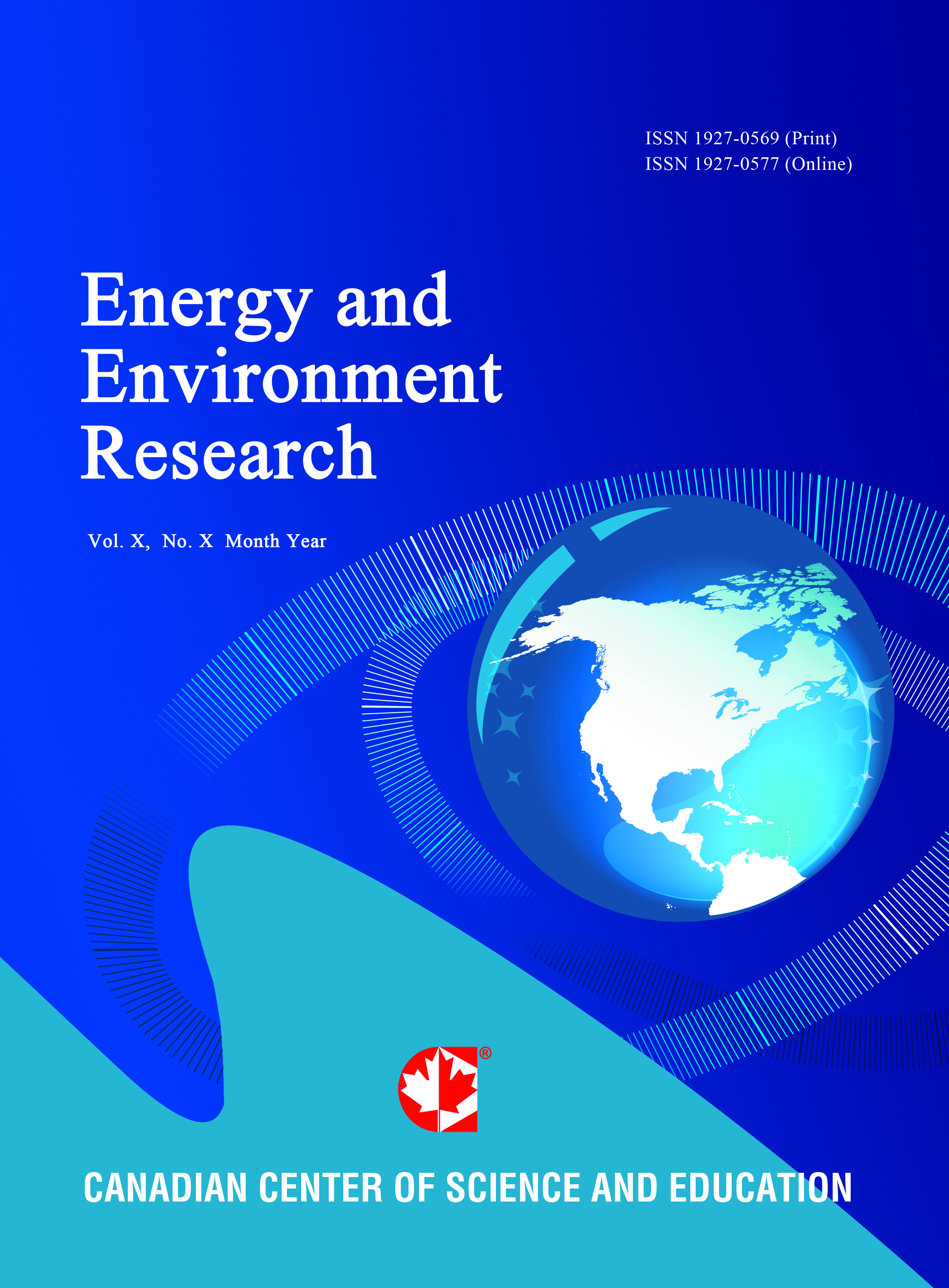In-situ Decomposition of Trichloroethylene Using Electrochemical Treatment Method
- Takuya Ito
- Kazuyuki Yamada
- Sigeru Kato
- Hideki Suganuma
- Akihiro Yamasaki
- Seiichi Suzuki
- Toshinori Kojima
Abstract
Trichloroethylene (TCE) has an excellent degreasing capacity, so it is often used as a solvent for dry cleaning, and is still used for removing grease from metallic parts and so on. However, its inappropriate handling caused contamination of soil. Recently, its toxicity and carcinogenicity to humans have been concerned. By these reasons, it is highly required to remediate the contaminated soils. In the present study, the possibility of application of electrochemical treatment method to the in-situ decomposition of TCE is examined because in-situ remediation is expected to be simple and inexpensive. The experiment in the aqueous systems was conducted as a basic examination. As a result of comparing experimental values under various stirring speeds with the theoretical value calculated from mass transfer coefficient, it turned out that TCE transferring from bulk to the electrode surface is accelerated by the radicals in the boundary film near the electrode surface. Hence the TCE decomposition rate is affected by the radical formation rate or radical concentration in the boundary film. In the experiment with the soils, the TCE decomposition rate was much smaller than that in the aqueous systems. Moreover, the influence of the voltage was not observed. Therefore, it turned out that the movement of TCE in the aqueous phase near the electrode surface was the rate-controlling step in the soils. Under the condition, the TCE decomposition rate was not affected by the particle size. Consequently, it turned out TCE is not transported by bulk flow but is mostly transfered by molecular diffusion in the soil.
- Full Text:
 PDF
PDF
- DOI:10.5539/eer.v4n2p90
Journal Metrics
(The data was calculated based on Google Scholar Citations)
h-index (July 2022): 19
i10-index (July 2022): 53
h5-index (July 2022): N/A
h5-median(July 2022): N/A
Index
- BASE (Bielefeld Academic Search Engine)
- CiteFactor
- CNKI Scholar
- Elektronische Zeitschriftenbibliothek (EZB)
- Excellence in Research for Australia (ERA)
- Genamics JournalSeek
- Google Scholar
- NewJour
- Norwegian Centre for Research Data (NSD)
- PKP Open Archives Harvester
- Publons
- ROAD
- SHERPA/RoMEO
- Standard Periodical Directory
- Ulrich's
- Universe Digital Library
- WorldCat
Contact
- Lesley LuoEditorial Assistant
- eer@ccsenet.org
